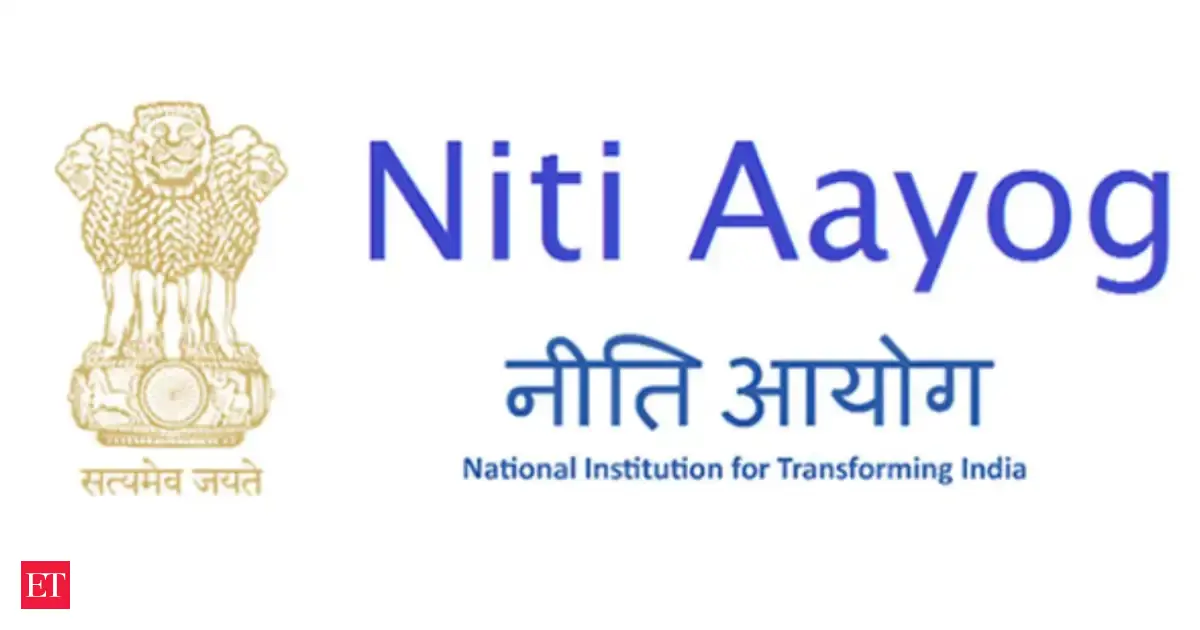By Yogima Seth Sharma
AgenciesNITI Aayog
NITI Aayog has proposed several fiscal and non-fiscal interventions for the chemical sector, including the opex scheme, fast-tracking environmental clearances, targeted negotiations for the sector in all free-trade agreements and focus on talent and skill upgradation to enhance India’s global competitiveness in the chemical sector.In its report “Chemical Industry: Powering India’s Participation in Global Value Chains”, released on Thursday, the Aayog has called for incentivizing incremental production of chemicals based on import bill, export potential, single source country dependence, end-market criticality etc to selected participants for a fixed number of years.Besides, it has proposed development of existing port infrastructure, establishment of world-class chemical hubs under an empowered committee and technological advancements through R&D to become self-reliant. The Aayog is of the view that these targeted reforms encompassing a comprehensive range of fiscal and non-fiscal interventions will enable India to have a $1 trillion chemical sector and achieve 12% GVC share by 2040, thus becoming a global chemical powerhouseIndia aims to become a global chemical manufacturing powerhouse with a 5%-6% share of the global chemical value chain by 2030 compared to 3-3.5 now. Live EventsBesides, the plan is to double its current production levels and reduce the trade deficit significantly from $31 billion in 2023 to reach a net zero trade balance in chemicals by 2030 while generating an additional export of $35-40 billion and generating around 7 lakh skilled jobs.According to the report, India’s chemical sector faces several structural challenges that constrain its global competitiveness. “A key issue is the country’s heavy reliance on imported feedstock, which contributed to a $31 billion trade deficit in 2023, stemming from limited domestic backward integration,” it said.“Infrastructure gaps, outdated industrial clusters, and high logistics costs have created a cost disadvantage compared to global peers,” it said, adding even the low investment of just 0.7% in research and development (R&D) compared to the global average of 2.3%, hampers indigenous innovation in high-value chemicals.The report further said regulatory delays, especially in environmental clearances and a 30% shortfall in skilled professionals, particularly in emerging areas such as green chemistry, nanotechnology, and process safety, restricts the growth of the sector.(You can now subscribe to our Economic Times WhatsApp channel)
Read More News onNITI Aayog interventionschemical sector reformsglobal chemical value chainchemical industry competitivenessIndia chemical manufacturing
(Catch all the Business News, Breaking News, Budget 2025 Events and Latest News Updates on The Economic Times.) Subscribe to The Economic Times Prime and read the ET ePaper online….moreless
(You can now subscribe to our Economic Times WhatsApp channel)Read More News onNITI Aayog interventionschemical sector reformsglobal chemical value chainchemical industry competitivenessIndia chemical manufacturing(Catch all the Business News, Breaking News, Budget 2025 Events and Latest News Updates on The Economic Times.) Subscribe to The Economic Times Prime and read the ET ePaper online….moreless
